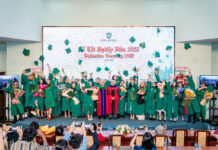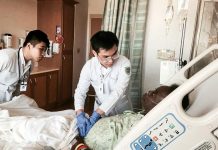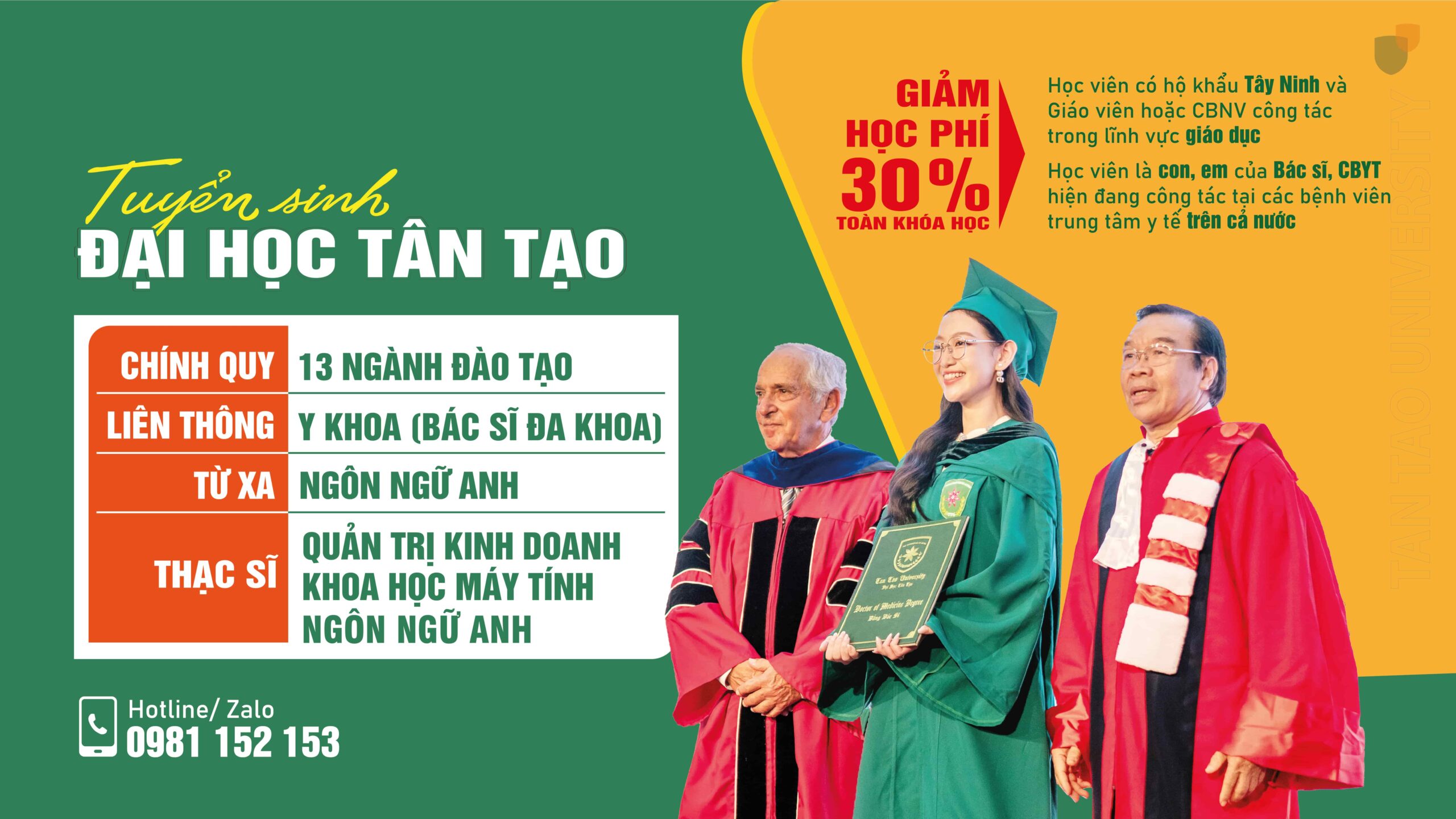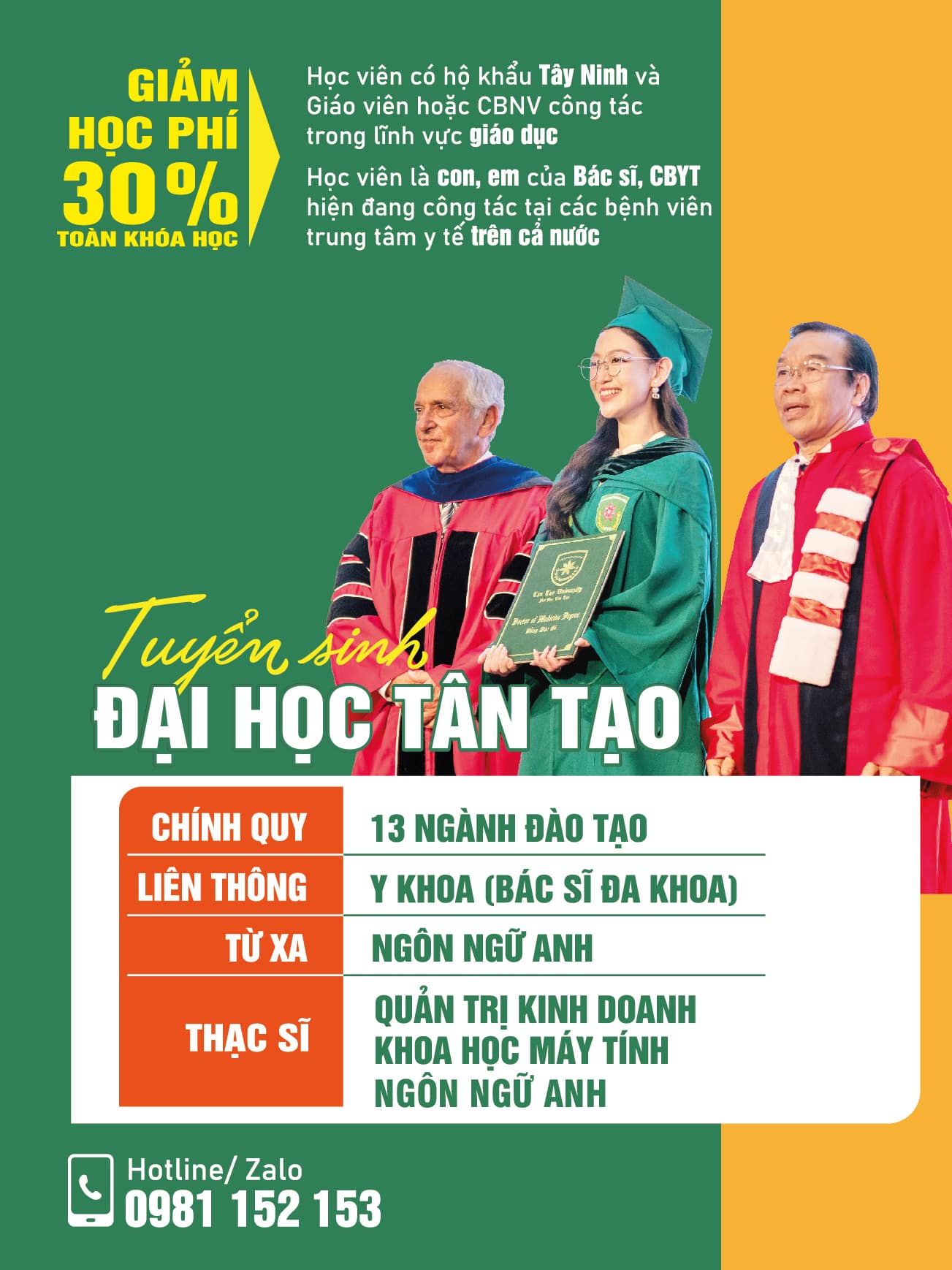INSTRUCTIONS TO STUDENTS
Program of Bedside Teaching Rounds in English (Y6, Y5, Y4 and Y3 medical students to do case presentation in English) supervised by US trained Physicians at TTU in 2018
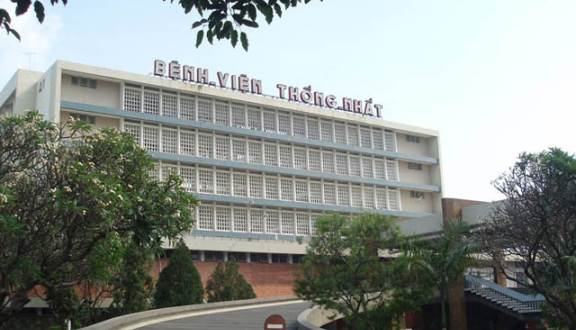
SCHEDULE
- May 2018 General Medicine
May 14 – May 18: at Thong Nhat hospital Dr Tu Nguyen (Endocrinology department) for Y3 medical students
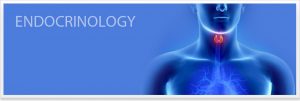
May 21 – May 31: 7 – 11 AM Rounds with Dr Truong T Vien, (Pulmonary and Cardiology department) for Y5 medical students
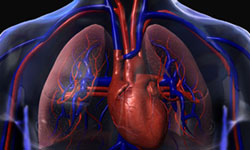
May 21 – May 25: 1 – 4 PM Interpersonal skills with Dr Truong T Vien for Y3 & Y4 medical students
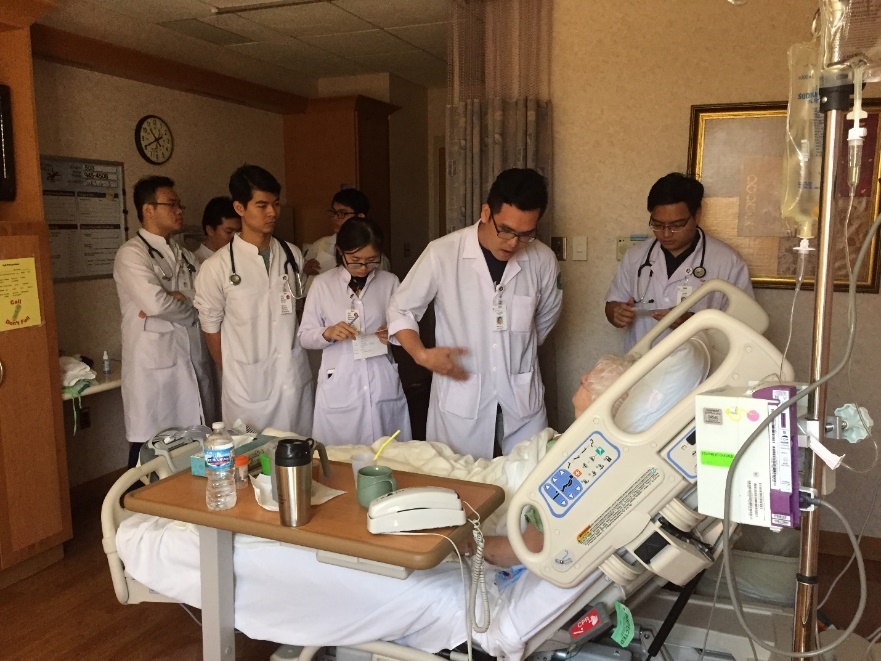
- June 2018 General Medicine
June 1 – June 15: 7 – 11 AM Rounds with Dr Truong T Vien, (Pulmonary and Cardiology department) for Y5 medical students

June 25 – June 29: Dr Tu Nguyen (Endocrinology department) for Y4 & Y5 medical students (group 1)

Friday June 29
1:00PM to 4:00PM Thong Nhat hospital for Y5 medical students
Oliver Nguyen MD (Internal Medicine), Downey CA
Nguyet Vuong MD (Ambulatory Medicine), Baldwin park CA
Thach Nguyen MD (Cardiology), Merrillville IN
Oanh Clark MD (Emergency Medicine), San Jose CA
with American medical students of the VnHope program
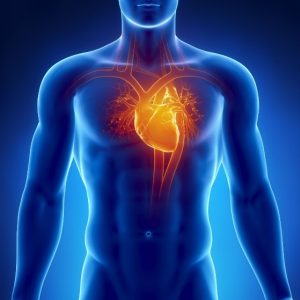
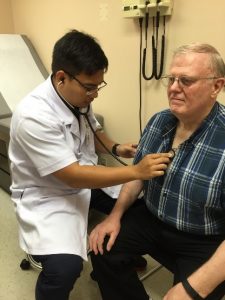
- July 2018 General Medicine
Sunday July 1st
9:00 to 12:00PM Thong Nhat hospital for Y4 medical students
Thach Nguyen MD (Cardiology), Merrillville IN
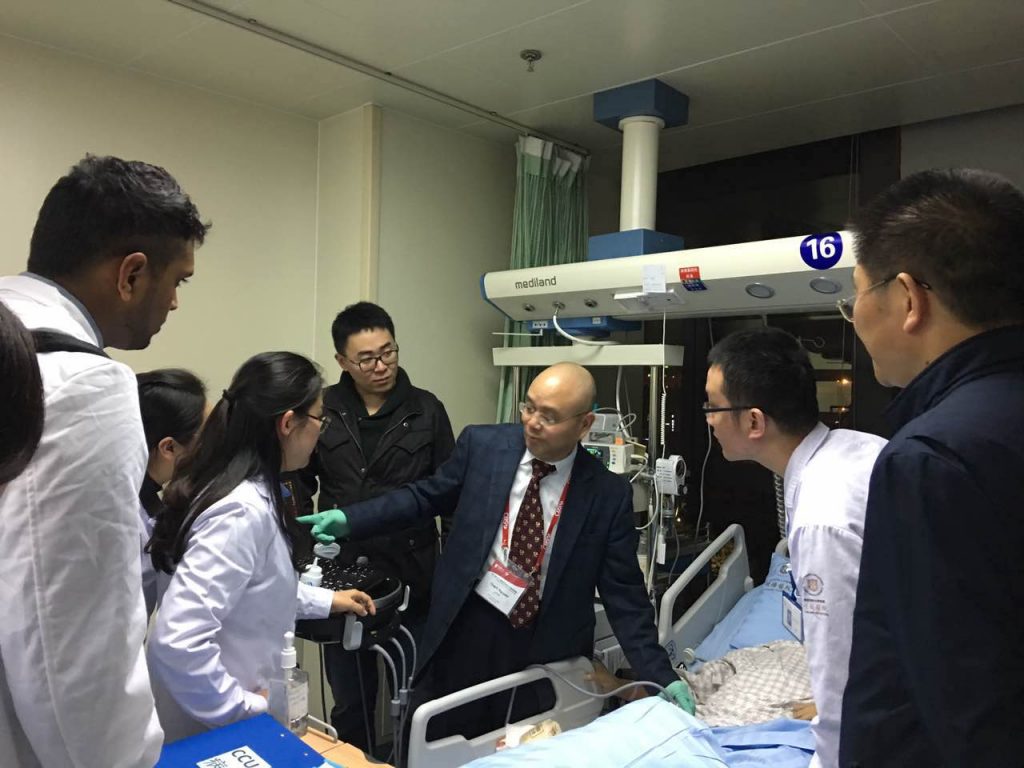
Monday July 2nd
1:00PM to 4:00PM Thong Nhat hospital for Y5 medical students
Oliver Nguyen MD (Internal Medicine), Downey CA
Nguyet Vuong MD, (Ambulatory Medicine), Baldwin park, CA
Oanh Clark MD (Emergency Medicine) (San Jose CA)
with American medical students of the VnHope program

Monday July 2 – Friday July 6: Dr Tu Nguyen for Y4 & Y5 medical students (group 2)
Monday July 9 – Friday July 13: Dr Tu Nguyen for Y4 & Y5 medical students (group 3)
Monday July 16 – Friday July 20: Dr Tu Nguyen for Y4 & Y5 medical students (group 4)
Monday July 23 – Friday July 27: Dr Tu Nguyen for Y4 & Y5 medical students (group 5)
- September 2018 Diabetes and Endocrinology
Peter Singer, Chief of Endocrinology of the University of Southern California, Los Angeles, CA (for Y6 medical students)
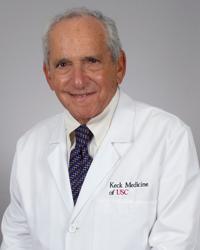
- October 2018 Internal Medicine and Cardiology
Monday October 8th to Wednesday October 10th
Thach Nguyen (Cardiology)
Loan Pham (Internal Medicine)
Kwan Lee (Cardiology)
Gianluca Rigatelli (Cardiology)
Art Lee (Cardiology)
Alan Fong (Cardiology)

- January 2019 HematoPathology
Andy Nguyen (U of Texas in Houston)
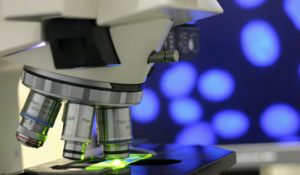
INSTRUCTIONS: Standardized Bedside Rounding Process
Clinical bedside teaching is to teach by example and to share the attending’s thought process in clinical decision-making. Bedside teaching also helps to teach about topics that are relevant to patients whom the team is caring for.
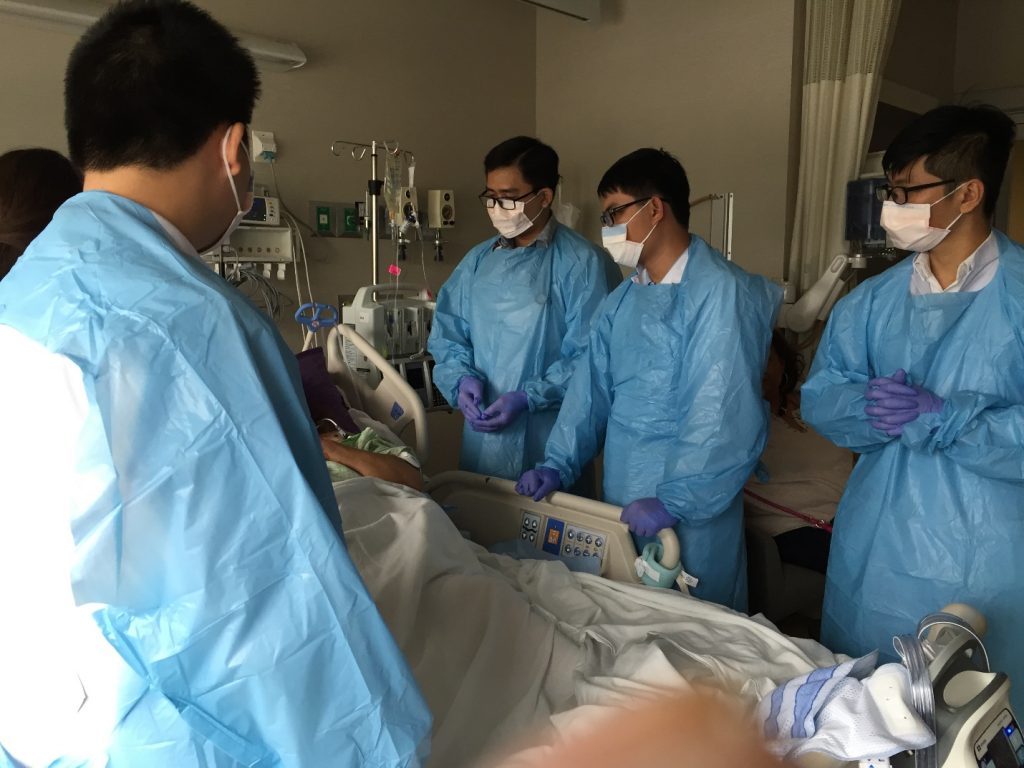
Students need to check the medical record, examine the patient and prepare the history and physical examination. Need to focus on
- The discovery of symptoms and signs in patients
- The integration of symptoms and signs to cluster into a syndrome or a disease
- The rationale on how to select a working diagnosis and a range of differential diagnoses
- The rationale on how to formulate an investigative strategy.
- For the 5th and 6th year medical students, need to show a management plan.
Besides the usual symptoms and signs in the history and physical exam, the students need to
- Review the anatomy, physiology and pathophysiology of the disease
- Explain the mechanism of the symptoms and sign, and its variances. Need to know the sensitivity and specificity of the physical findings, the test results, etc.
- Explain why to do this particular test: Need to rule out or rule in, etc.
Clinical rounds are excellent opportunities for bedside learning and examination practice, so here are some basic tips for how to make them worthwhile.
Arrive early.
- Don’t just arrive as the ward round is starting, you need time to prepare yourself.
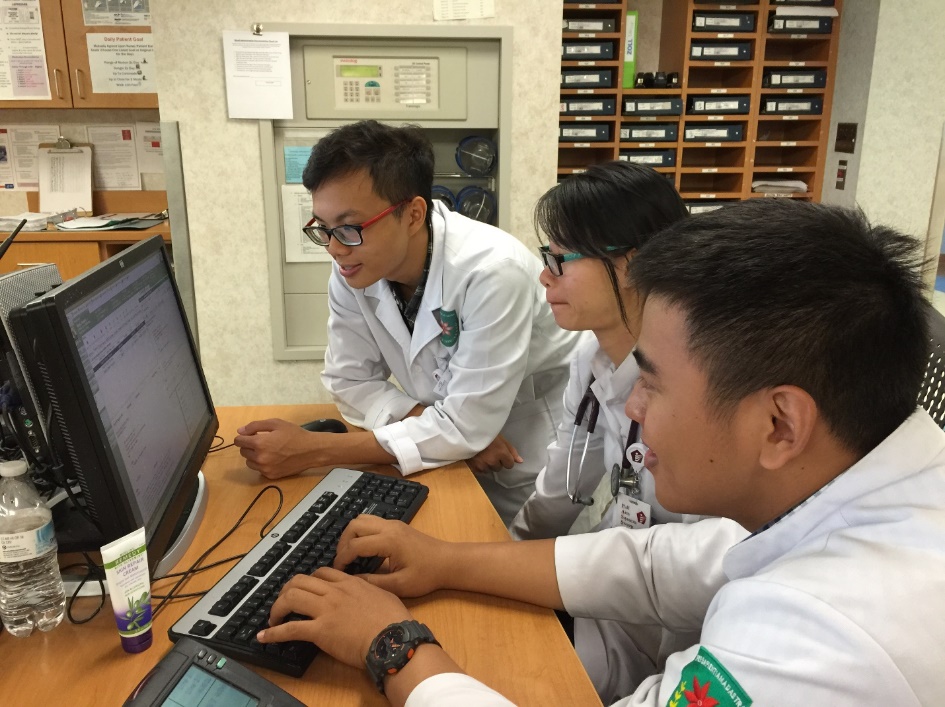
- Ensure you know exactly where on the ward the team will meet, who is running the ward round and what patients will be seen.
- If it is a surgical ward, watch the cases the day beforeif you can or at the very least know about the procedures that were performed.
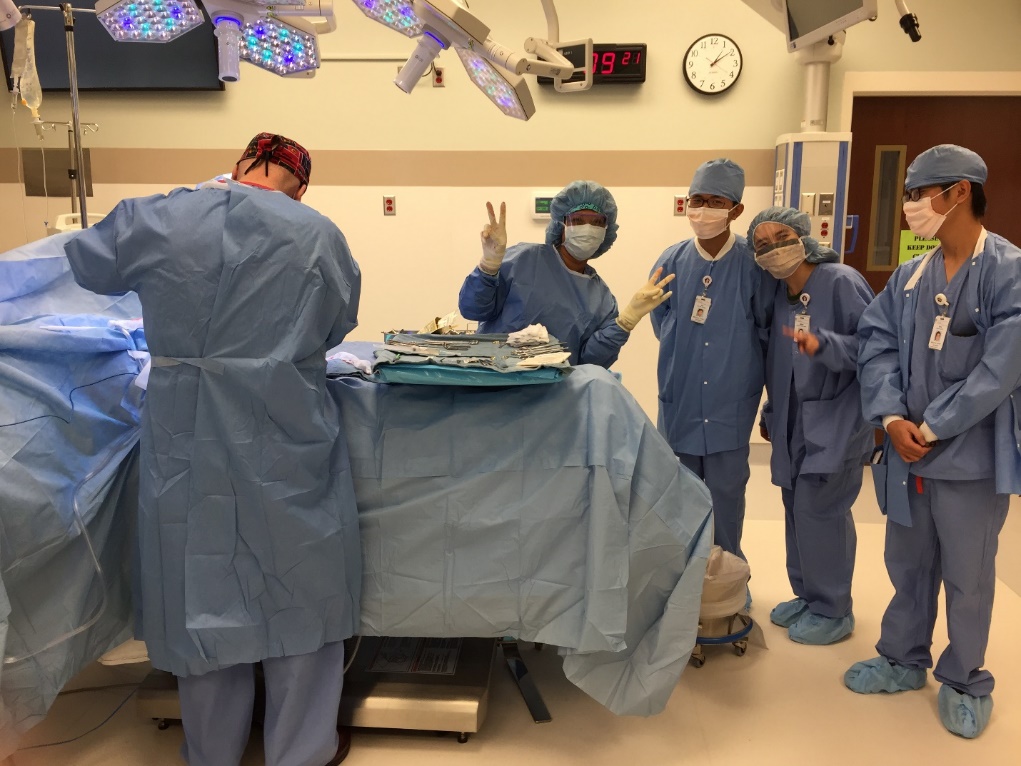
- Arriving early gives you a chance to meet patients beforehand and take a quick history, which you can then present on the ward round.
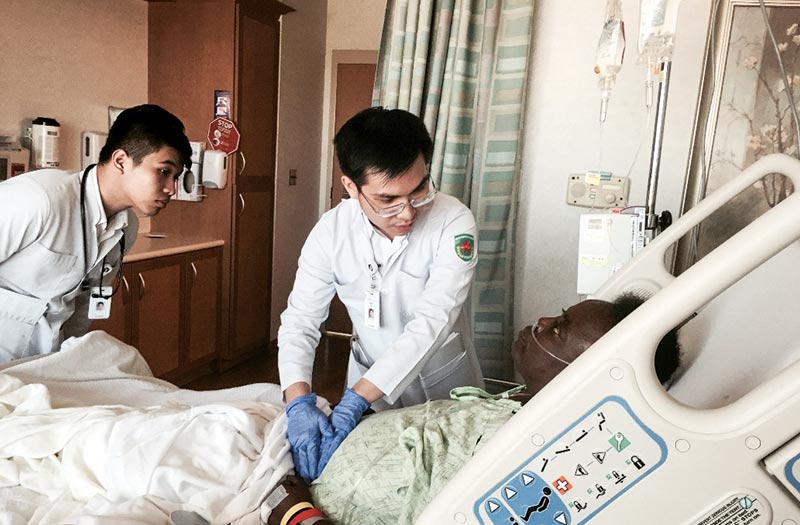
Introduce yourself
- Often students will just loiter around the nurses’ station and wait until somebody talks to them -be confident!
- Tell the team your name and level of study when you get the chance, but don’t interrupt anyone to do so.
- If they know your name, most doctors and surgeons are more likely to actively involve youin the ward round.
Be prepared
- You need to carry the essentials – pen, paperand stethoscope are crucial.
- Bring a short handbook of medicine and it is useful to have on hand if you need to find information quickly.
Write in the notes
- Writing in the patients’ notes can make an otherwise dull ward round more interesting.
- You’ll be more involved, have the ability to ask more questions and you’ll be helping out a probably exhausted junior doctor.
- Write down the details of the cases you see and review them later as you will remember medical conditions a lot better if you can apply them to a patient you have seen.
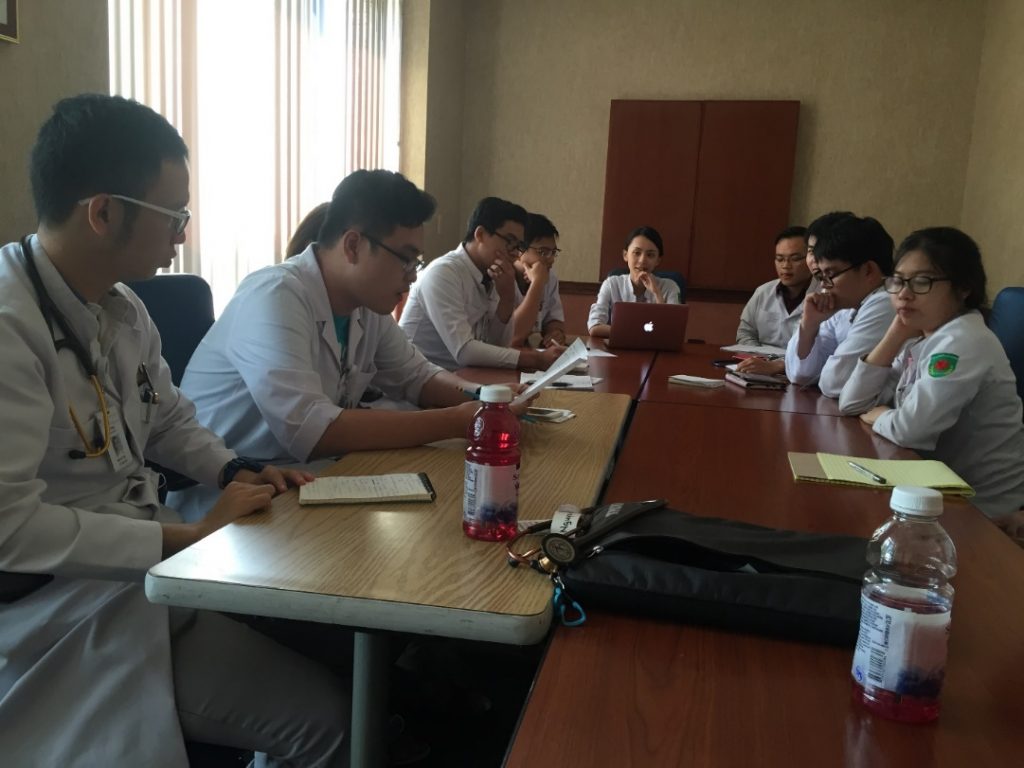
Post ward round
- If you have been diligent throughout then you should have got to know members of the team.
- Ask the junior doctor what jobs need doing and if you can help in anyway.




